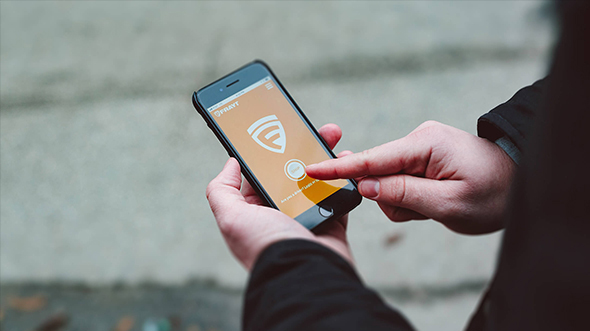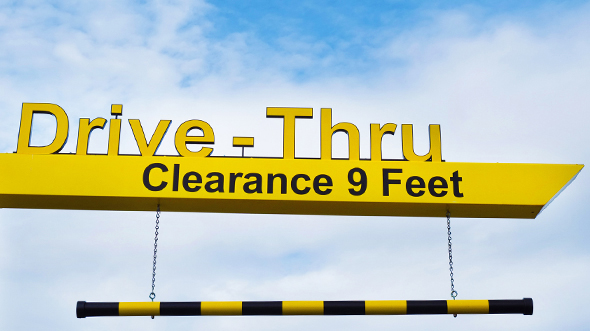
BLOG
—
Checking Out the Latest Trends at Groceryshop 2021
Just like most things in the last year, gaining valuable information from industry and conference events has been a challenge. But out of all the events I have attended in the last 12 months, the Shoptalk and Groceryshop Retail Meetups were some of the most user-friendly and insightful. They were a breath of fresh air amid the many confusing and frustrating virtual conferences.
The Groceryshop Spring Meetup was held earlier this month and consisted of two sections. The first was a “speed-dating” portion that matched people who are interested in a certain product, service or business with those who can provide those details and answer questions. This led to an exciting and exhausting few days packed with over 20 meetings. I spoke to grocers, consultants and channel players throughout this section, and I can safely say this industry is not slowing down. The common thread of discussion revolved around the innovation we have seen in the past year and how providers are pivoting to sustain this type of growth.
The second section of the event was a series of virtual, moderated table talks that mixed and matched industries to promote conversation. In my table talk, we had folks from marketing, fulfillment, omnichannel and payments, and they were guided by a moderator from Kraft Heinz VC fund Evolv Ventures. The topics included:
- How high will grocery e-commerce penetration be at the end of 2021? 2025?
- How will the roles of click and collect and delivery evolve?
- How large of a role will direct-to-customer services play for consumer packaged goods (CPG) brands in the long term?
One hot topic during the moderated table talks was Instacart’s valuation at $39 billion, and what this means for the grocery space. There is a concern that this will monopolize the grocery delivery market, but I believe this type of stratospheric valuation will only create an influx of competition. I have seen last-mile delivery companies, which move goods from transportation hub to final delivery destination, forced to think outside the box that Instacart built—which is a good thing for consumers and the marketplace. These last-mile delivery companies cater to the needs of end-users by offering incentives like increased service-level agreements to deliver items more quickly, for instance in the next 30 minutes vs. an hour, or are working with restaurant and grocers to offer lower percentage margin cuts for drivers or end retailers to undercut the competition.
One conversation revolved around direct-to-consumer business vs. micro-fulfillment technology. Does DTC make sense? The consensus I heard at Groceryshop was that DTC in the subscription model still works, but when you are looking at single goods—like a bottle of ketchup, for instance—it becomes extremely costly to deliver that kind of single widget to your door. I believe that using DTC stores as fulfillment points will enable them to survive, and that single items like ketchup also rely on total cart shopping to become profitable. So, the name of the game is the retention of this already razor-slim margin in the grocery space.
Also, over the last year, there has developed a battle between retail footprint and technology. On one end you have retailers like Walmart and Target, who have established retail footprints and supply chains. These stores are pushing the tech boundaries and going upstream to adapt to innovations that increase inventory accuracy and streamline the flow of products to create a frictionless engagement.
On another end of the spectrum, Amazon has the technology that promotes inventory accuracy and customer/user experience, aka UX, that has been highlighted in its Amazon Go stores. Now it is working toward augmenting its retail footprint. But how and when will these two extremes meet in the middle? The hope is that the technology of Google Cloud and Maps and third-party competition will accelerate, helping each of these models close the gap to provide a seamless shopping experience for the consumer.
Finally, one more great pickup from the Groceryshop conference was regarding data democratization between platforms like Instacart, grocery marketing, other software-as-a-service providers and the end retailer. There is great amount of information being captured through the various services and platforms in our current retail environment, but the use of this data is often hindered. Retailers will realize the real power of this data when they can use it more efficiently to inform decisions and trigger related action items. Needless to say, grocery and retail technology has changed radically and will continue to do so for the long haul.
More to come on that next time!

Jeremy Quam
Jeremy Quam is a senior account executive for Woolpert, working with businesses and partners as a field sales rep to build mapping solutions, expand the use of Google tools and raise awareness of their problem-solving abilities. Quam draws on his sales, business, technology and industry knowledge to provide his clients with the ultimate experience.


